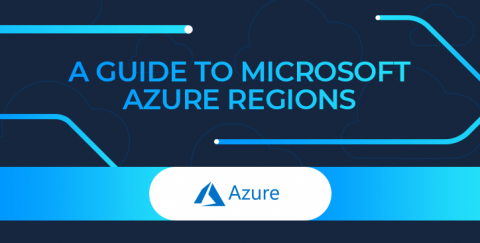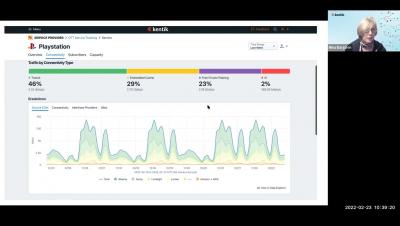Eliminate Network Blind Spots with SL1 and Restorepoint
ScienceLogic customers are well-aware of the challenges inherent with the growing complexity of their IT infrastructures. That’s why you’re making investments in digital transformation and adopted SL1 as your AIOps platform of choice for your IT operations monitoring and management strategy.











